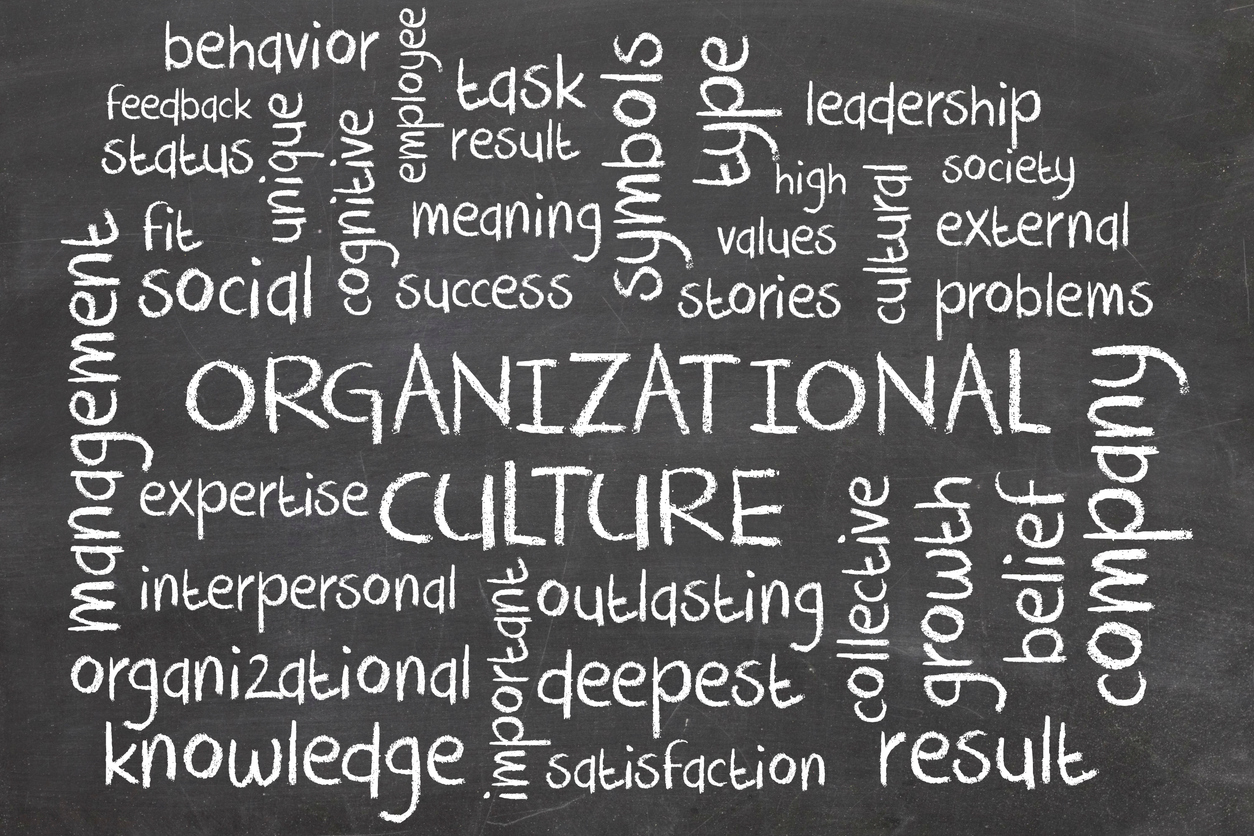
There’s increasing focus on “culture” as an elusive driver of value growth. Creating a “high performance culture” has become the mantra for transforming buy-outs to deliver great returns. But “culture” remains a foggy concept – hard to grasp and difficult to manage.
In order to be actionable, buy-out leaders need to understand THE specific behaviors, within all those that could define culture, that directly drive an organization’s ability to execute the value creation plan – those that define how decisions are made and implemented at all levels. For example, are multiple options considered before a decision? Do meetings have agendas? Or, are action items followed-up on? These are specific behaviors which characterize culture, but more importantly drive the collective ability to execute.
To optimize behaviors and increase organizational performance, you are only as good as your weakest link. But there are many potential weak links. And, evaluating the quality of behaviors can be notoriously subjective. On top of this, managers have an asymmetric information advantage and may try to conceal problems in their teams, especially in the middle management. The biggest challenge is therefore pin-pointing specific dysfunctional behaviors with bullet-proof hard-facts.
Finding the dysfunctional behaviors enables root cause analysis and targeted remedies. Behaviors are shaped by diverse factors including the leader’s behavior, organizational structure, management processes, values, clarity of purpose, employee personality and even the systems which enable or hinder efficient interactions in an organization. Improvement measures are usually clear when a dysfunctional behavior and its root-cause are identified.
The great news is that behaviors can be changed with simple measures and minimal investment once identified. In particular, when leaders are made aware of the effect of their behavior on the team, they can dramatically improve performance by slightly modifying their own way of working – for example, asking a participant to document meeting minutes and note action items is simple to implement if it is not already part of the culture, and has a big impact on accountability.
It’s really quite simple. However, transparency on the specific behaviors that drive the collective ability to make and execute decisions at all levels in the organization is an essential starting point. Humatica codified the 80 critical behaviors which enable buy-out organization success over 20 years. Benchmarking the quality of interactions at all levels enables selective and pragmatic culture change that delivers alpha.

Measuring organizational performance is difficult, especially in a way that is both systematic and genuinely useful for decision-making. In a recent Alpha Talks conversation, Ueli…
Read more
Unpacking the root causes behind underperformance and how to resolve them It’s a familiar scene: Over dinner, a client lamenting inconsistent results across their portfolio…
Read more
Alpha Talks: Getting the operating model right as a complex carve-out CEO | Jon Newhard, Yunex Traffic CEO In this episode of Humatica Alpha Talks,…
Read moreErhalten Sie jeden Monat Neuigkeiten und wertvolle Perspektiven zu Themen der organisatorischen Effektivität